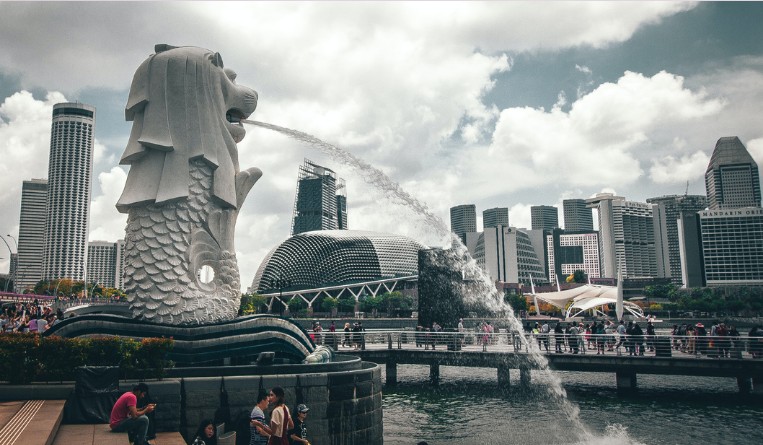New Copyright Act of Singapore enters into force
22 November 2021

Singapore’s new Copyright Act (“the Act”), which was passed in Parliament in September 2021, came into force on November 21, 2021.
The Act enhances Singapore’s copyright regime through its updated provisions, which factor in technological developments that have impacted how content is created, distributed, accessed and used.
Key changes that will take effect from November 21 are highlighted below:
Stronger Rights for Creators and Performers
The Act strengthens the rights of creators and performers. New rights and remedies have been put in place to reward and recognize the creative efforts and contributions of creators and performers, so as to enable them to get more exposure and more opportunities to commercialize their works.
Creators have default ownership of certain commissioned works.
Commissioned creators of photographs, portraits, engravings, sound recordings and films, will be the first owner of copyright by default, consistent with creators of other types of commissioned works such as poems, paintings and music compositions. This will apply unless the contract they have with the commissioning party states otherwise.
a. Regardless of copyright ownership, commissioning parties can continue to use the work for the purpose for which it was commissioned (e.g. couples can continue using their commissioned wedding photos for their personal use).
b. As is the case today, creators and commissioning parties can negotiate and agree in writing to reverse this default ownership.
c. Other laws will continue to apply, such as personal data protection, defamation and criminal laws. For instance, a photographer must obtain consent from subjects of a photograph before it can be used for other purposes, such as being included in the photographer’s portfolio.
Right for creators and performers to be identified
Anyone who uses or distributes a literary, dramatic, musical or artistic work or performance in public, including on online channels such as social media platforms, must identify the respective creator(s) or performer(s) in a clear and reasonably prominent manner. This obligation to identify the creator or performer depends on the subject matter used and the manner in which it is used
a. Even if the creator or performer does not own the copyright to the work or performance, they still have the right to be identified, unless they have agreed otherwise.
b. This obligation to identify does not apply if the creator’s or performer’s identity is not known. It also does not apply in specified scenarios (e.g. where an artwork in a public place is captured in a photograph or video) or to exempted materials (e.g. computer programmes).
c. This new right will help creators and performers gain recognition and build their reputation, particularly in the online environment where works or performances may be easily misattributed or not attributed at all.
Permitted Uses to Benefit Society
Beyond supporting creators and performers, the Act also contains new exceptions to copyright owners’ rights, known as “permitted uses,” to ensure copyright works are reasonably available for use by the general public.
Use of works for computational data analysis
To support research and innovation, copyright works, if lawfully accessed (e.g. without circumventing paywalls), can be used for computational data analysis, such as sentiment analysis, text and data mining, or training machine learning, without having to seek the permission of each copyright owner.
Use of online materials for educational purposes
Teachers and students can use freely available online materials for their educational activities, including for home-based learning.
- The source and date of access must be cited and there must be sufficient acknowledgement of the material (e.g. identification of the author and the title/description of the work).
b. Any digital communication of the materials must be done on the educational institution’s internal network or on MOE’s Student Learning Space.
c. If the teacher or student is informed that the source they used infringed copyright, they must stop using the material.
For more details on the new Copyright Act, please refer to the factsheets available at https://go.gov.sg/copyright-resources.






